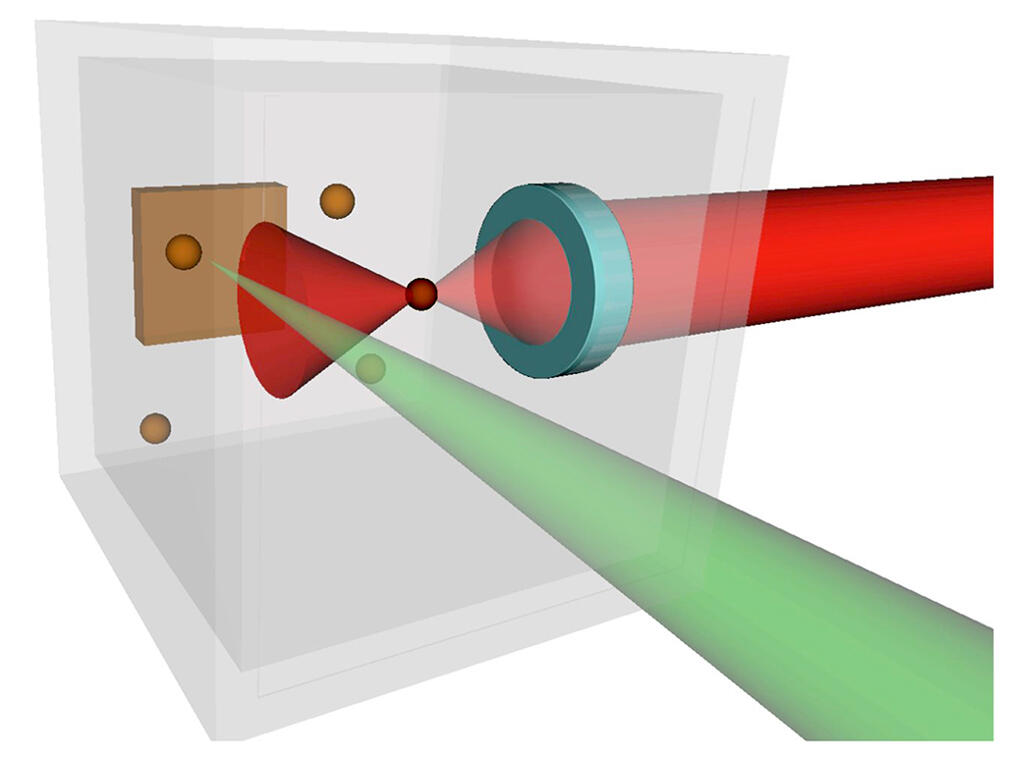The research group led by Assistant Professor Yosuke Minowa, Professor Masaaki Ashida and others from Osaka University Graduate School of Engineering Science, in collaboration with Associate Professor Tatsuya Kameyama and Professor Tsukasa Torimoto from Nagoya University Graduate School of Engineering, has realized the world's first capture of nanoparticles with optical tweezers at an extremely low temperature (1.4 K). Optical tweezers capture and fix fine particles using laser light. To date, optical tweezer technology for fine particles has been performed only near room temperature, and its application under different temperature ranges has been an issue. According to Assistant Professor Minowa, "Most of the work is performed in an aqueous solution at room temperature, but in some cases, it is performed in special situations, such as in a vacuum or under high pressure. However, there is no example of implementation at extremely low temperatures. If it is theoretically possible, why there have been no examples? One of our motivations was to solve this problem."

Courtesy of Osaka University, Nagoya University.
The research group introduced a technology called laser ablation to produce fine particles in a low-temperature liquid called superfluid helium. The group showed that fine particles can be captured by optical tweezers, even at an extremely low temperature of 1.4 K, by using a moulded aspherical lens. In particular, the research group demonstrated optical tweezers at extremely low temperatures for gold, a standard material used for optical tweezers at room temperature, and zinc oxide, a transparent material that is expected to have strong optical tweezers capture power. Furthermore, by observing the motion state of solid nanoparticles captured by optical tweezers, it is possible to elucidate the properties of superfluid helium, a special liquid with extremely low viscosity and quantum properties.
Assistant Professor Minowa said, "In the future, we're planning to conduct research similar to that which has been performed in an aqueous solution at room temperature in superfluid helium. For example, research to measure the viscosity of superfluid helium with optical tweezers. Furthermore, we would like to work on research manipulating quantized vortices existing in superfluid helium with optical tweezers."
■ Laser ablation: A method of instantaneously melting, evaporating, and converting the target solid into plasma by irradiating the solid with high-intensity laser pulse light. It is used for various applications such as substrate microfabrication, thin film production, and fine particle generation.
This article has been translated by JST with permission from The Science News Ltd.(https://sci-news.co.jp/). Unauthorized reproduction of the article and photographs is prohibited.




